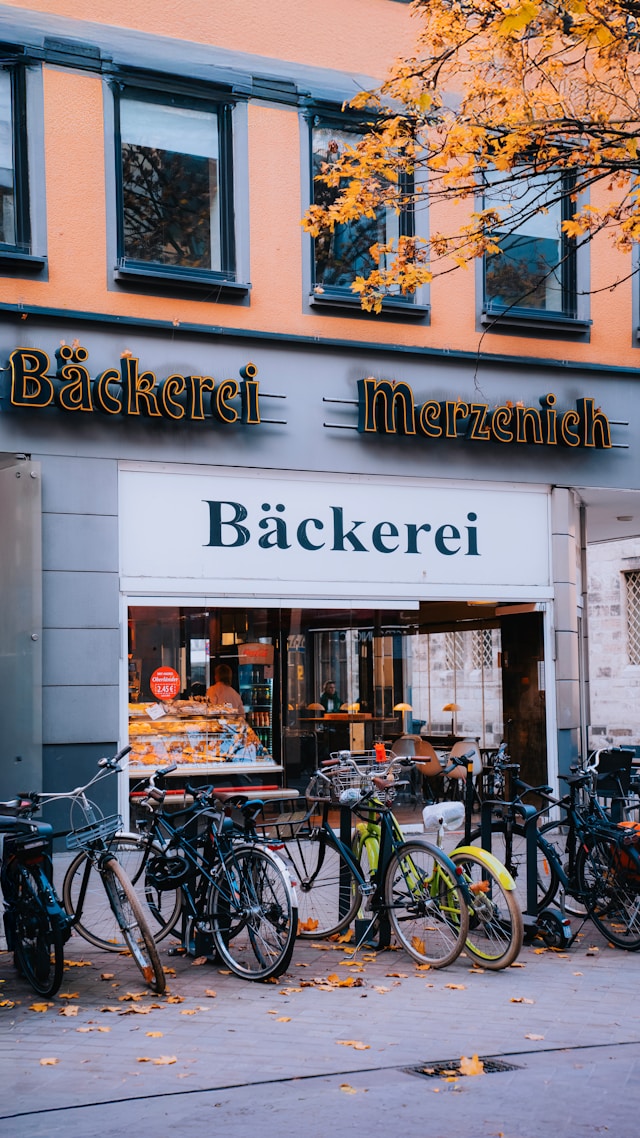


Local bakeries in many countries have evolved from simple food outlets into powerful economic engines and cultural-tourism hotspots. In recent years, a new travel trend known as “Bakery Tourism” has emerged, driven by travelers’ increasing desire to experience authentic local flavors and traditions. Bread and baked goods are more than just food—they reflect the identity, culture, environment, and even values of a people.
Many baked goods have become symbols of their countries and major attractions for tourists—like manousheh in Lebanon, börek and simit in Turkey, and croissants in France. Social media—especially influencer and blogger content—has played a significant role in promoting these culinary experiences and inspiring travelers to include unique bakery visits in their travel itineraries.
Why Are Bakeries Becoming Tourist Destinations?
Bread and pastries are naturally enticing and accessible. Available in nearly every region, affordable, and easy to eat, they offer travelers—especially families—a convenient and comforting food option. The warm, satisfying experience of enjoying baked goods often leaves a positive impression, making it a safe and enjoyable choice for all tastes.
Many tourists travel long distances just to visit a specific bakery and try its signature product. This trend is growing globally, as appreciation for artisanal quality and authentic taste increases. For example, Jessica Morgan-Helliwell and her mother Louise from the UK told the BBC they are happy to travel both within the UK and abroad to explore new bakeries and share their tasting experiences on social media. Jessica once drove over an hour just to buy a sandwich! The UK bakery market is one of the largest in the food industry, valued at £5.74 billion, according to the British Bakers Association.
In South Korea, a phenomenon known as bbangjisullae—meaning “bread pilgrimage”—has emerged, with people traveling long distances to visit renowned bakeries and sample their one-of-a-kind creations.
Festivals and Interactive Tours
Tourists are also showing a growing interest in handmade baked goods that combine craftsmanship, creative design, and unique flavors. In response, many countries now host baking festivals—most notably the World Bakery Festival held every two years in Lyon, France since 1989, with Japan winning its latest edition.
Guided bakery tours and interactive workshops are also popular, teaching visitors traditional bread-making techniques such as kneading, fermenting, and shaping—practices seen as part of a cultural heritage worth preserving.
In some places, uniquely themed bakeries have become standalone tourist destinations, often attracting long queues. One example is the Pastel de Nata in Portugal, a custard tart that draws visitors from around the globe. These traditional techniques and distinctive flavors are impossible to replicate, offering bread lovers unforgettable culinary adventures.
Because of their cultural value, some iconic baked goods have been added to UNESCO’s Intangible Cultural Heritage list—like the French baguette and the Lebanese manousheh.
Some countries have gone even further by establishing bread museums as tourist and cultural attractions—such as the Bread Museum in Ulm, Germany and the Bread Museum in Burgundy, France—offering immersive experiences similar to wine tours, including production stages and tasting sessions.
Top Bakery Tourism Destinations Around the World:
Source: Al-Nahar Newspaper